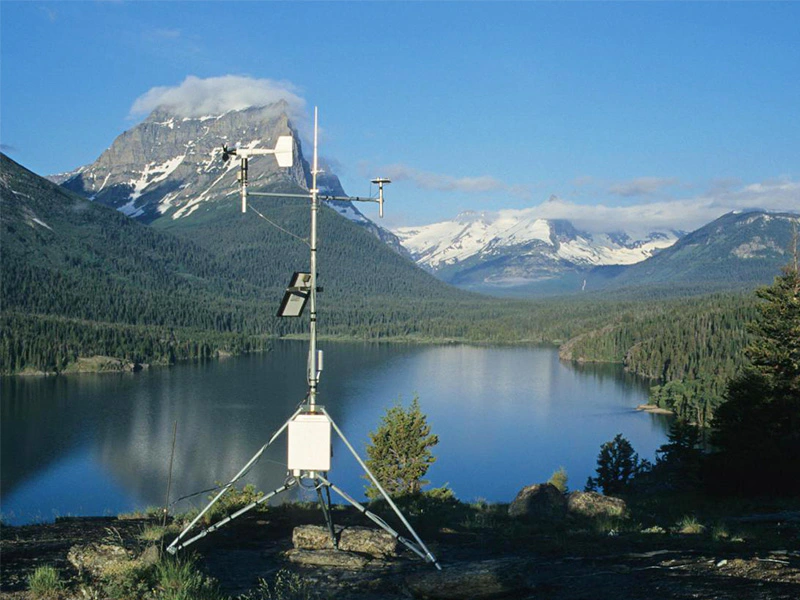
# Meteorological Station: Definition and Functions
## What is a Meteorological Station?
A meteorological station, also known as a weather station, is a facility equipped with instruments and devices designed to measure and record various atmospheric conditions. These stations play a crucial role in weather forecasting, climate research, and environmental monitoring by collecting data on temperature, humidity, wind speed and direction, atmospheric pressure, precipitation, and other weather-related parameters.
## Key Components of a Meteorological Station
### 1. Temperature Measurement
Meteorological stations typically include thermometers or digital temperature sensors to measure air temperature at different heights above the ground.
### 2. Humidity Sensors
Hygrometers measure the amount of water vapor in the air, providing important data for weather prediction and climate studies.
### 3. Wind Measurement Instruments
Anemometers measure wind speed, while wind vanes determine wind direction – both critical for weather forecasting and aviation safety.
### 4. Precipitation Gauges
These devices measure the amount of rainfall or snowfall, helping meteorologists track precipitation patterns.
### 5. Barometers
Atmospheric pressure sensors help predict weather changes and are essential for storm tracking.
## Functions of Meteorological Stations
### Weather Forecasting
The primary function of meteorological stations is to provide accurate data for weather forecasting. By analyzing data from multiple stations, meteorologists can predict weather patterns and issue warnings for severe weather events.
### Climate Monitoring
Long-term data collection helps scientists understand climate patterns, detect climate change, and develop models for future climate scenarios.
### Agricultural Support
Farmers rely on weather station data to make decisions about planting, irrigation, and harvesting, helping to optimize agricultural production.
### Aviation Safety
Airports maintain meteorological stations to provide pilots with critical weather information for safe takeoffs and landings.
### Environmental Research
Scientists use weather station data to study air quality, pollution dispersion, and other environmental factors affecting ecosystems.
## Types of Meteorological Stations
### 1. Surface Weather Stations
These are the most common type, measuring conditions at ground level.
### 2. Upper-Air Stations
Using weather balloons and radiosondes, these stations collect data from higher altitudes.
### 3. Automated Weather Stations
Modern stations often operate automatically, transmitting data in real-time without human intervention.
### 4. Mobile Stations
Installed on ships, aircraft, or vehicles to collect weather data from various locations.
## Importance of Meteorological Stations
Meteorological stations form the backbone of our weather observation network. Their data is essential for:
- Protecting lives and property through severe weather warnings
- Supporting economic activities like agriculture, transportation, and energy production
- Advancing scientific understanding of atmospheric processes
- Monitoring climate change and its impacts
- Providing historical weather data for research and planning
As technology advances, meteorological stations continue to become more sophisticated, with improved accuracy and the ability to measure additional atmospheric parameters. This progress enhances our ability to understand and predict weather and climate patterns, ultimately helping society adapt to environmental changes.
Keyword: what is meteorological station
